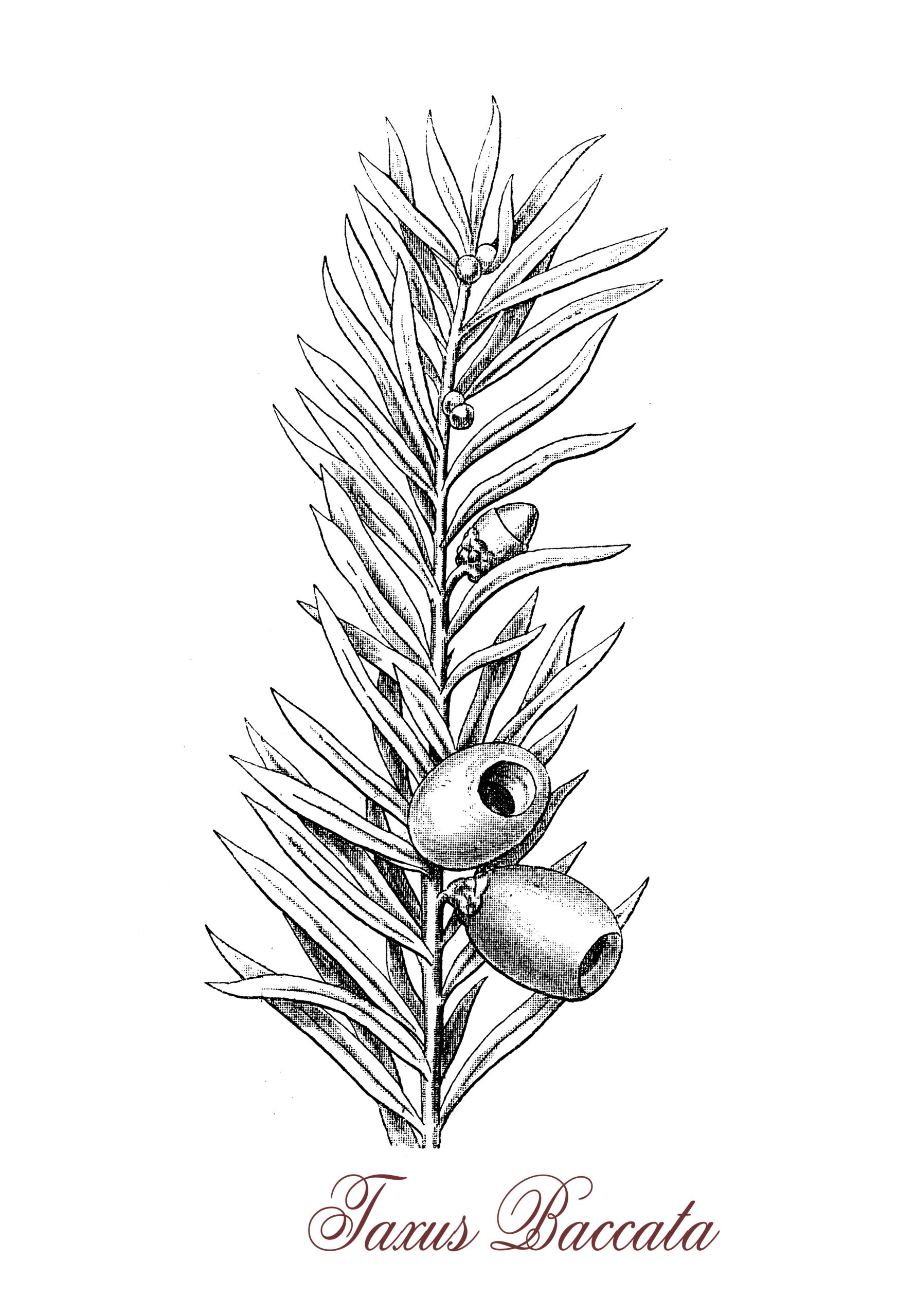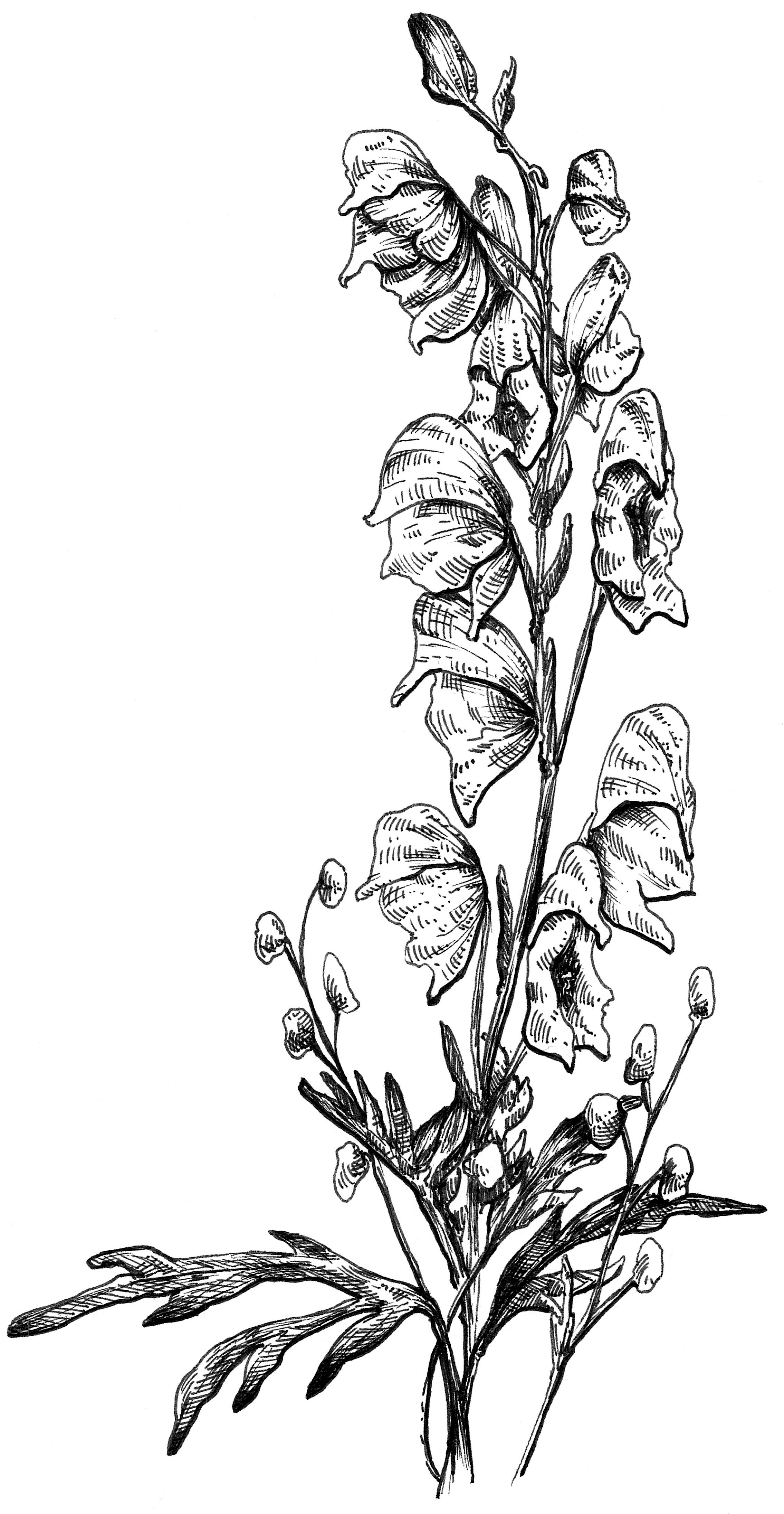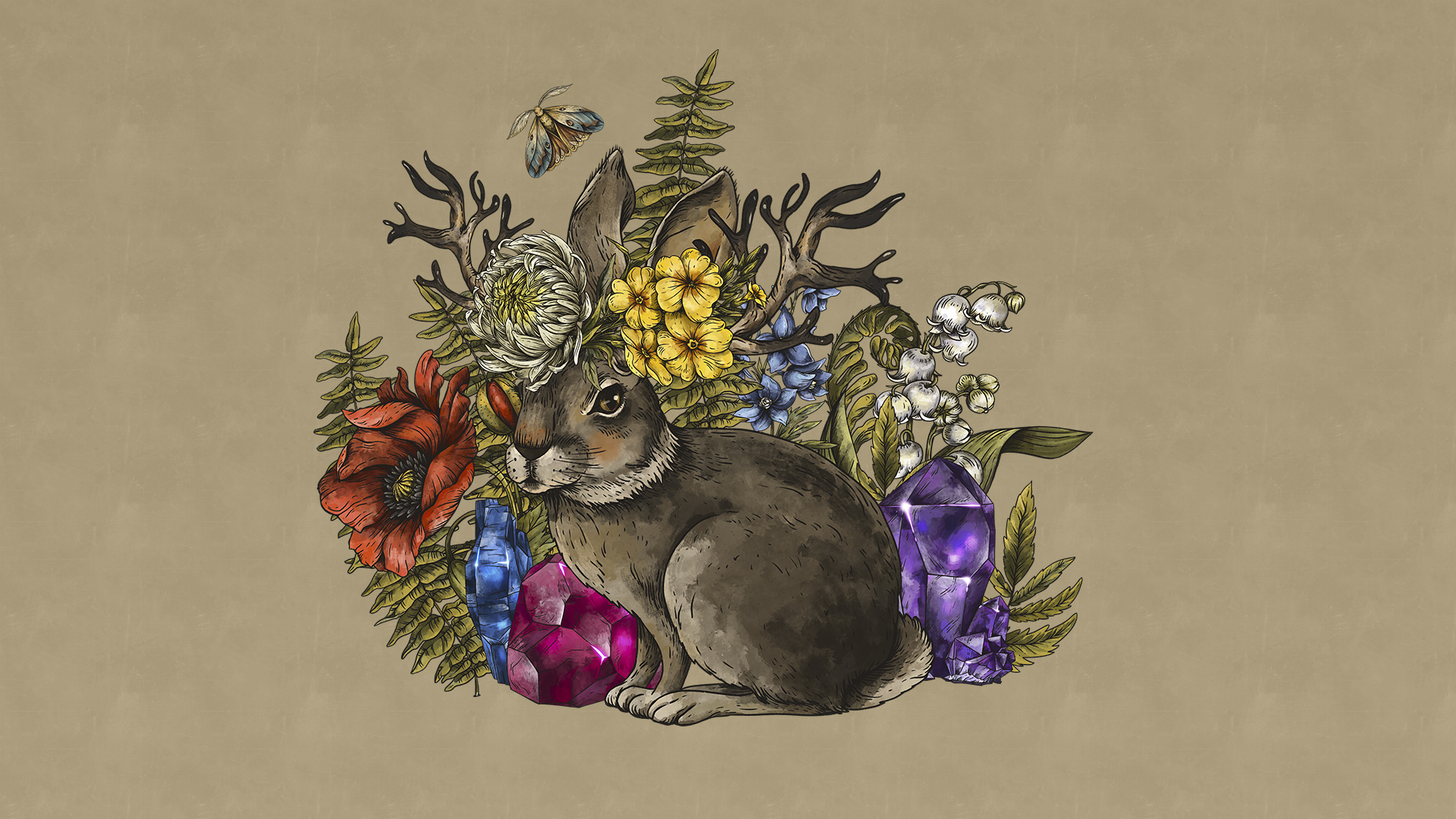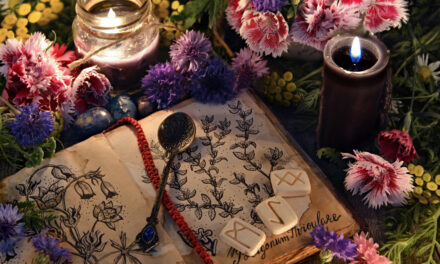Magical plants, relaxing plants, calming plants, plants for winter. We talked about all these types of herbs in previous articles, and what about poisonous plants? What are those plants and herbs to which we must pay particular attention to avoid intoxication? Or perhaps even in our untimely end?
In this new article, we will explore some of those plants that should not be ingested, drunk, and sometimes not even touched.
Botany for beginners (like me)
By definition, botany is that branch of the natural sciences that studies the morphology, physiology, and systematics of plant organisms; a sort of biology of life within the sylvan world.
It is a subject that has found a way to expand over time, becoming increasingly detailed and complex, relying on technology. But where does botany come from? The first known study was that of the Greek philosopher Theophrastus, who described more than five hundred plants and their medicinal uses. However, after an initial period of great recognition, this subject became increasingly associated with the occult sciences, became a source of forbidden studies, and favored the proliferation of that oral culture of popular remedies which found its outlet in the figure of the witch (I speak more about this in article Magical herbs and plants: from mandrake to rue).
Subsequently, with the birth of the first botanical gardens and the collection of different varieties of plants, botany was given back its role among the natural sciences. Those who deal with the study of botany can therefore be defined as a perfect combination of the more traditional figures (apothecary and herbalists) and the more scientific figures (chemists and biologists).
A role that is not magic, but which nevertheless includes one of the greatest magical arts: the discovery of nature.
Poisonous herbs and plants
Nature has always been generous and altruistic, yet it is perfectly capable of protecting itself. For this reason, the planet also abounds in plants and herbs that are lethal for human beings. Here are some of the most poisonous plants.
Aconite
The term derives from the Latin Aconitum napellus. It is a plant that is part of the Ranuncolaceae family and can be found in many mountain areas of Europe. The Greeks considered it a sacred plant to the goddess Hecate, who had a garden full of these violet flowers. According to legend, aconite was born from the drool of Cerberus, the guardian dog of Hades, hence its nickname plant of the underworld.
Another name given to aconite was sorcerers’ plant since it was thought to make one invisible and offer the possibility of making great astral journeys; furthermore, it was believed to be the main secret ingredient of witches and sorcerers, who based their power on the poisonous principle of this plant.
It contains alkaloids that are very toxic to the central nervous system which can trigger nausea and vomiting in a few minutes, followed by respiratory and cardiac paralysis.
Atropa belladonna (deadly nightshade)

Belladonna or deadly nightshade is a herbaceous plant widely distributed. Leaves and berries are extremely toxic. in the past it was used as medicine, cosmetic and poison.
The name of this plant has a double meaning. Atropos was the Greek name of one of the three Moirai, the one who cuts the thread of life, as a warning to remember that ingesting its berries causes death.
The epithet of belladonna (pretty woman in the italian language), on the other hand, refers to a practice that dates back to the Renaissance, when ladies used eye drops based on this plant to give prominence and shine to the eyes. It was an effect caused by atropine, capable of dilating the pupils by acting on the sympathetic nervous system.
It was one of the plants used for the so-called witches’ ointment, with which witches sprinkled their bodies and brooms at the Sabba, so they could take flight. Previously it was also used in ancient pagan rituals for its great hallucinogenic power.
Ingesting large quantities of this plant can cause tachycardia, restlessness, hallucinations, respiratory depression, collapse, and ultimately death.
Hemlock

Poisonous plant Cicuta isolated on white background. Hand drawn vector illustration in vintage engraving style.
There are several variations of this plant, all poisonous, but the most common is the greater hemlock, remembered for having inflicted death on the Greek philosopher Socrates.
Associated with the element of water and the planet Saturn, in Esotericism it was often combined with black magic. It was used to grant the favor of the stars and to inhibit sexual stimulation. Its sap rubbed on swords and knives, was believed to give strength and purity; its paralyzing power was great for “freezing time”.
Planting hemlock around the house seems to protect against poisoning. But be careful, all parts of this plant are highly toxic and can cause death. The poison remains active even when eating animals that have ingested hemlock.
Oleander
In ancient times it was thought that this plant originated from Colchis, a Caucasian region considered the homeland of magic. In the Middle Ages it was a plant of good omen, and even today it can represent the harmony of the universe, however, its long sharp leaves and poisonous berries have made it a funerary tree. Giving oleander flowers seems to symbolize oblivion and in particular the phrase “I forgot you”.
Oleander has high toxicity for any animal species. During the military campaign in Italy, it seems that several soldiers of Napoleon’s troops died of poisoning after using oleander branches as skewers to cook meat. It can cause serious gastric disorders, hyperventilation, drowsiness, and central nervous system disorders.
Yew

Taxus baccata or English yew is a coniferous small ornamental evergreen tree, the leaves are flat dark green.All the plant parts are toxic to the humans except the berries. The seed cones develop red berries called aril gelatinous and sweet.It is traditionally a churchyard tree.
The yew is a slow-growing, very long-lived tree: some specimens are over a thousand years old. According to pagan mythology, it plays a fundamental role as a plant of life thanks to its incredible regenerative powers. However, it is known as the tree of death because the whole plant is very toxic, except the aril (the part outside the seed), which is much loved by birds.
Magical powers have always been attributed to this plant, so much so that it is used as the main wood for the manufacture of magic wands. The Celts used to arrange their cemeteries near this plant so that it acted as a guardian for the deceased as a symbol of eternity.
Beginning and ending
Many poisonous plants and trees have been used over time as ruthless allies and conductors of death. But sometimes their use was aimed at doing good, at being a symbol of protection and strength.
Today, when we know much more about these plants, we can admire them for their majestic and singular beauty, while keeping ourselves at a safe distance from their fatal side effects.
Poisonous plants are the symbol par excellence of the beginning and the ending; bearers of life like every living being, but advocates of death to resist the surrounding dangers.







